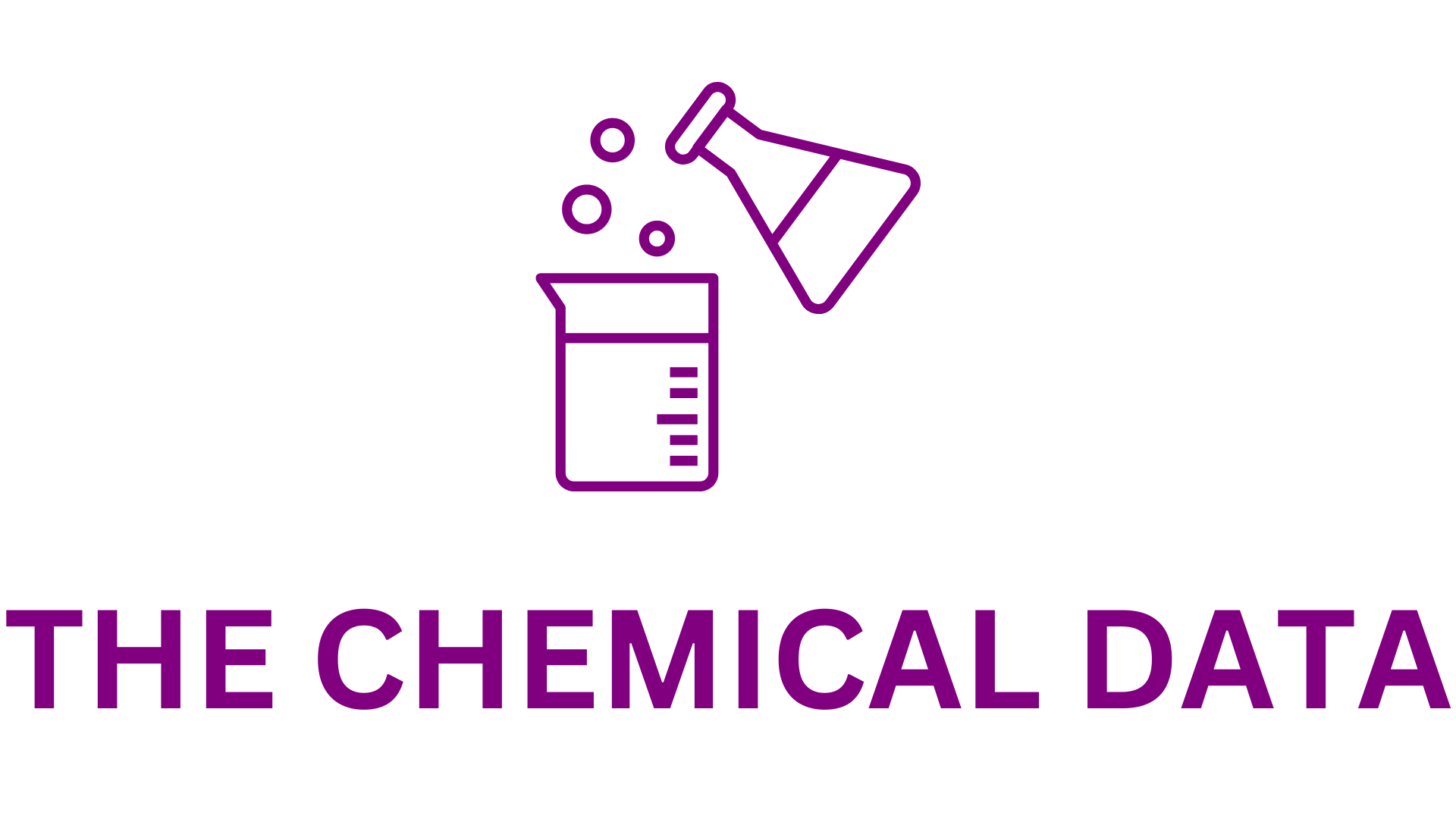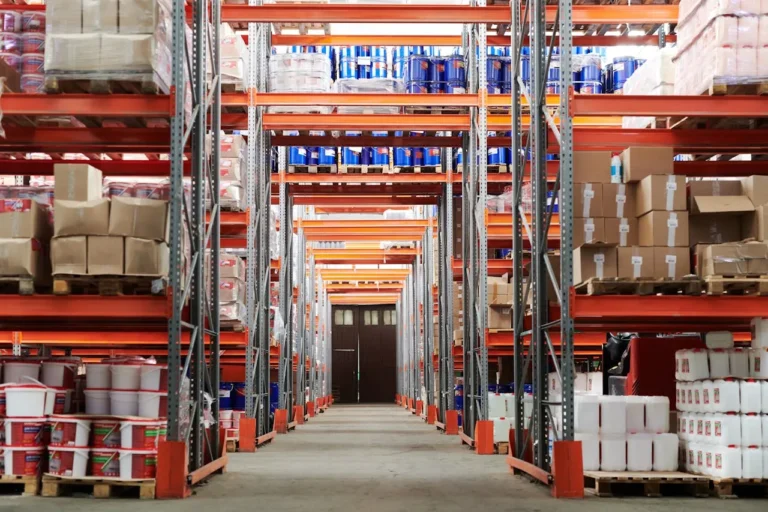
Global Advanced (Chemical) Recycling Market 2026–2040: Transforming Plastic Waste into Circular Value
The new report “Global Advanced (Chemical) Recycling Market 2026–2040” has been added to ResearchAndMarkets.com’s offering. The study presents a comprehensive analysis of a rapidly growing sector that is redefining the future of plastic waste management and the global transition toward a circular materials economy.
Transforming Waste into Value
The advanced chemical recycling industry represents a technological and economic shift in the handling of end-of-life plastics. By breaking down polymers into their molecular building blocks or converting them into high-value feedstocks, chemical recycling goes beyond the limitations of traditional mechanical recycling—which struggles with contaminated, multilayered, or degraded materials. These advanced processes enable the recovery of virgin-quality outputs suitable for food-grade packaging, medical devices, and automotive components.
With global capacity expanding at a compound annual growth rate exceeding 25%, the industry is poised for exponential growth through 2040. This momentum is being driven by a convergence of forces: tightening global regulations such as the EU Circular Economy Action Plan, rising corporate sustainability commitments from multinational brands like Unilever, Nestlé, and Procter & Gamble, and increasing investment flows into circular plastic solutions. Financial institutions have already mobilized over $10 billion in capital dedicated to the circular economy and plastic recovery infrastructure.
Core Technology Pathways
The market encompasses four main categories of chemical recycling technologies, each offering distinct capabilities and applications.
- Pyrolysis – Operating at 370–550°C, pyrolysis thermally decomposes plastic waste into oils, gases, and char. It can handle mixed plastic streams using relatively simple equipment, with commercial facilities processing between 100,000 and 500,000 tons annually. Industry leaders such as Brightmark, Plastic Energy, and Agilyx have demonstrated integrated pyrolysis-to-feedstock value chains, supplying refineries and chemical producers.
- Gasification – Conducted at higher temperatures (700–1,200°C), gasification converts waste into synthesis gas (syngas) composed of hydrogen and carbon monoxide. This versatile intermediate can be upgraded into methanol, ammonia, or fuels. While more technically complex than pyrolysis, gasification offers exceptional feedstock flexibility. Major chemical companies—BASF, Dow, and SABIC—are incorporating plastic waste-derived syngas into existing production systems.
- Solvent-Based Recycling – This category includes dissolution and depolymerization processes operating at moderate temperatures (80–200°C). These methods preserve or recover polymer structures with yields above 95%, particularly for PET, polyurethanes, and polyamides. Companies such as Carbios and Loop Industries have commercialized solvent-based systems with facilities processing 5,000 to 80,000 tons per year, effectively recycling textiles and multilayer packaging.
- Depolymerization – Targeting condensation polymers like PET, nylon, and polycarbonate, depolymerization breaks chemical bonds via hydrolysis, glycolysis, or methanolysis to recover original monomers. This “closed-loop” method enables truly circular reuse of polymers without quality degradation, creating materials indistinguishable from virgin resins.
Expanding End-Use Markets
Advanced chemical recycling supports a broad range of industries—including packaging, automotive, electronics, construction, and textiles. Food-grade packaging remains a core growth segment, as chemically recycled polymers meet regulatory and performance standards that mechanical recycling cannot achieve. Major brands are already commercializing such products, including Unilever’s Magnum ice cream tubs, Mars pet food packaging, and Nestlé beverage containers.
In the automotive sector, recycled polymers are increasingly specified for high-performance interior and under-hood components. Electronics manufacturers use recovered engineering plastics for casings and structural parts, while textile companies integrate depolymerized polyester into fibers for apparel and furnishings.
Investment, Regulation, and Market Dynamics
Despite its promise, the chemical recycling industry faces several structural challenges. Capital costs for commercial facilities range from $50 million to $200 million, with profitability dependent on process efficiency, energy input, and feedstock quality. Regulatory frameworks remain complex and regionally varied, while the energy demands of pyrolysis and gasification require integration of renewable power to ensure favorable life-cycle emissions.
Nonetheless, long-term prospects remain highly positive. The transition from linear to circular production models aligns environmental responsibility with economic opportunity. Extended Producer Responsibility (EPR) laws, recycled-content mandates, and carbon pricing mechanisms are accelerating adoption across major markets in Europe, North America, and Asia-Pacific.
Leading petrochemical companies—including Shell, TotalEnergies, and BASF—are actively integrating chemical recycling feedstocks into existing refining and polymer production systems, validating commercial scalability and supply-chain viability. As design-for-recyclability standards expand, chemical recycling is expected to become a cornerstone of global waste infrastructure by 2040.
Comprehensive Market Intelligence
The Global Advanced (Chemical) Recycling Market 2026–2040 report offers in-depth quantitative and qualitative insights across technologies, regions, and polymer types. The 450-page analysis provides:
- Market projections and revenue forecasts by technology (pyrolysis, gasification, dissolution, depolymerization)
- End-use segmentation for packaging, automotive, construction, electronics, and textiles
- Regional analysis across Europe, North America, Asia-Pacific, South America, Africa, and Oceania
- Polymer-specific forecasts covering PE, PP, PET, PS, PA, and specialty resins
- Capacity tracking of operational and announced facilities
- Price comparison between recycled and virgin materials
- Investment trends, M&A activity, and strategic partnerships from 2020–2025
The report also profiles 191 companies leading technological innovation and capacity expansion in chemical recycling, covering more than 130 operational facilities worldwide.
Technology and Innovation Landscape
Key innovations highlighted include catalytic and microwave-assisted pyrolysis, syngas fermentation, selective dissolution using deep eutectic or ionic solvents, and advanced depolymerization pathways for PET, polyurethanes, and polyamides. Emerging technologies such as hydrothermal liquefaction (HTL), plasma-assisted recycling, AI-based process optimization, and bio-catalytic enzymatic recycling are also examined for their potential to reshape future value chains.
Toward a Circular Plastics Economy
Chemical recycling enables the reintroduction of waste plastics into manufacturing cycles, converting environmental liabilities into renewable resources. With policy support, industrial investment, and growing consumer demand for sustainable materials, advanced recycling is poised to become a core enabler of the global circular economy.
By 2040, global revenues from advanced chemical recycling technologies are projected to exceed $15 billion, underpinned by continued technological innovation, expanding infrastructure, and a societal shift toward circular material systems.
The report provides strategic intelligence for investors, policymakers, and industry stakeholders navigating this transformative phase of the plastics value chain—where advanced recycling moves from an emerging alternative to an essential component of the world’s sustainable materials infrastructure.
Source Link : https://www.businesswire.com/







